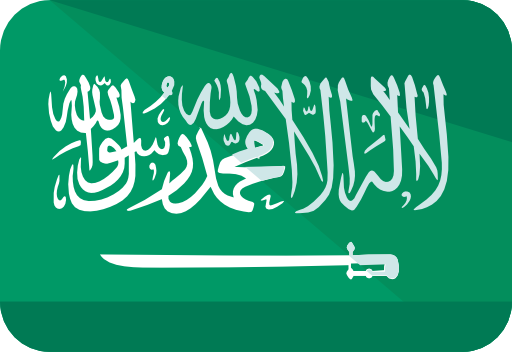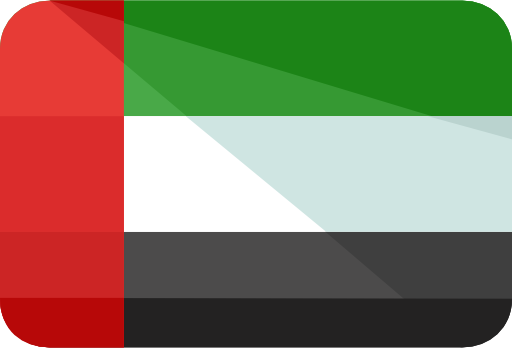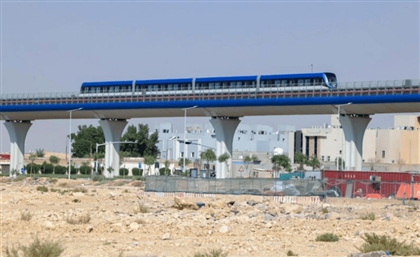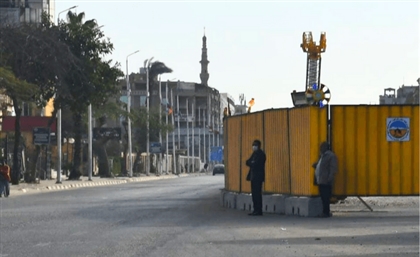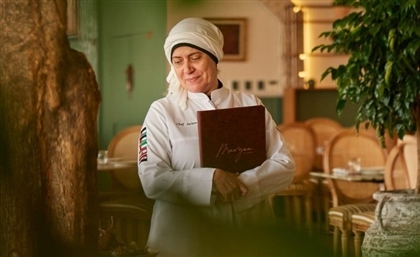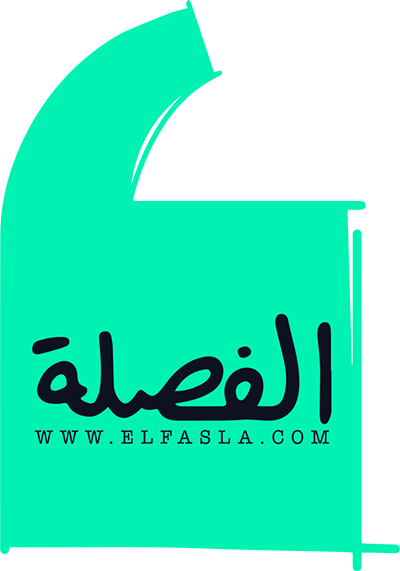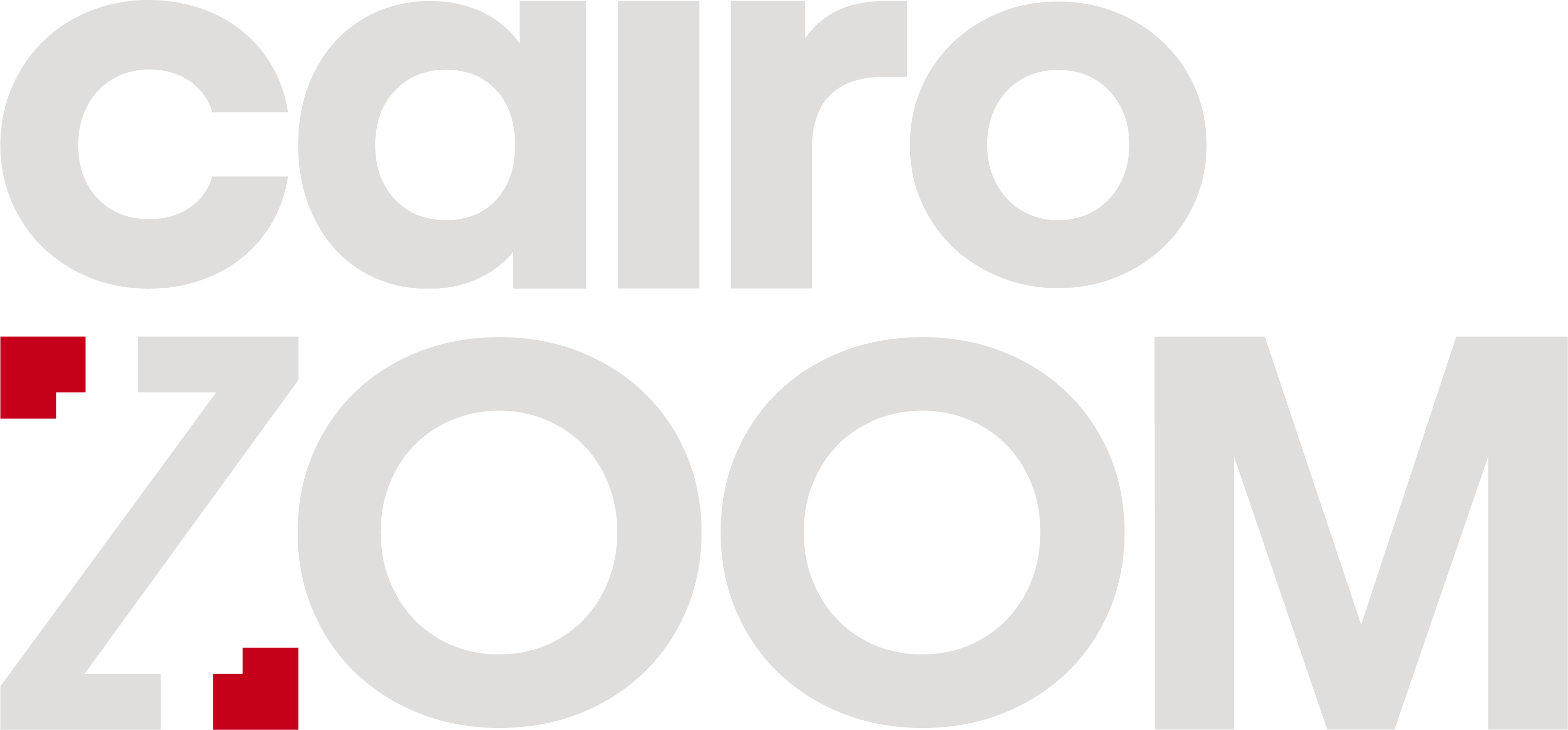23 Years of the Bibliotheca Alexandrina: An In-Depth Guide
Since opening in 2002, the Bibliotheca Alexandrina has become a landmark of learning in Egypt, combining millions of books with museums, a planetarium, and research centers in one vast structure.
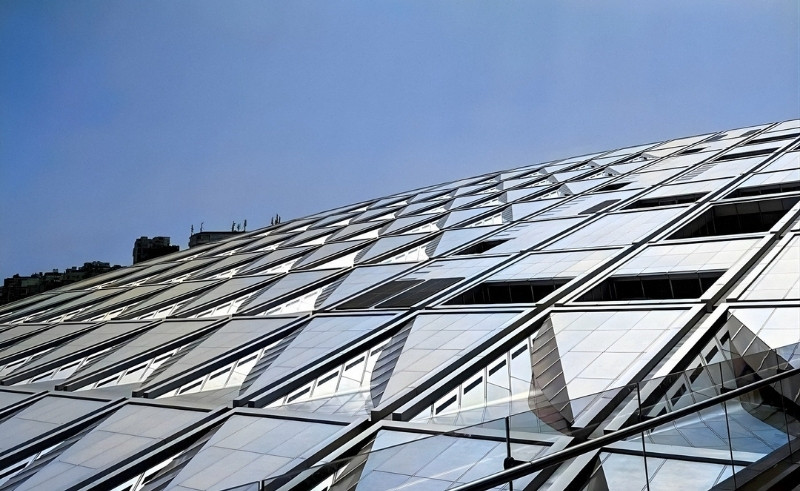
Nearly a quarter century has passed since the Bibliotheca Alexandrina opened its doors on October 16th in 2002, reviving the spirit of a library that once made this city synonymous with knowledge. In the years since, it has grown into more than a symbolic gesture to the past. The tilted granite disc that rises over Alexandria’s Corniche has become a living institution: a place where students gather daily at study desks, where manuscripts are preserved and digitized, and where museums, exhibitions, and lectures place the city once more at the center of intellectual life. Two decades on, the Bibliotheca has come to represent continuity — not only with Alexandria’s ancient legacy but with Egypt’s present role as a custodian of knowledge in a rapidly changing world.
For first-time visitors, the sheer size of it can feel disorienting. The reading hall alone can seat more than 2,000 people at once, spread across seven terraces that descend in layers. But if you know where to go and in what order, the experience becomes manageable. What follows is a step-by-step guide to moving through the Bibliotheca Alexandrina so you leave with more than a passing glance at its scale.
Arrival and Entry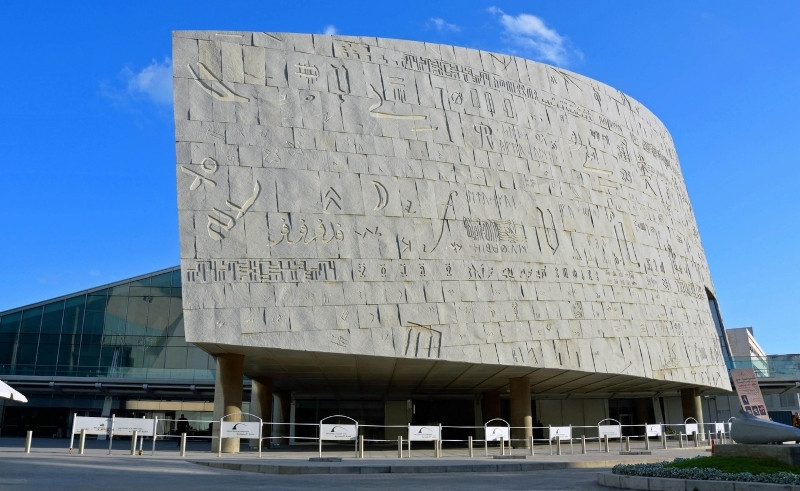 When you arrive at the library, you’ll notice the massive stone wall carved with scripts from every written language on earth. This is the forecourt. Cross the shallow reflecting pool, pass through the glass doors, and you’ll find yourself at security. Bags larger than a handbag have to be left in the lockers, which are located directly after the scanners. Once you’re through, you’ll see the ticket desk: this is where you buy your day pass, and where you can also pick up extra tickets for the museums and the planetarium if you plan to see them.
A useful tip: guided tours in Arabic, English, and French leave from the lobby several times a day. They last about an hour and are the quickest way to get your bearings. If you’re pressed for time, take the tour first and then decide what you want to return to.
The Reading Hall
When you arrive at the library, you’ll notice the massive stone wall carved with scripts from every written language on earth. This is the forecourt. Cross the shallow reflecting pool, pass through the glass doors, and you’ll find yourself at security. Bags larger than a handbag have to be left in the lockers, which are located directly after the scanners. Once you’re through, you’ll see the ticket desk: this is where you buy your day pass, and where you can also pick up extra tickets for the museums and the planetarium if you plan to see them.
A useful tip: guided tours in Arabic, English, and French leave from the lobby several times a day. They last about an hour and are the quickest way to get your bearings. If you’re pressed for time, take the tour first and then decide what you want to return to.
The Reading Hall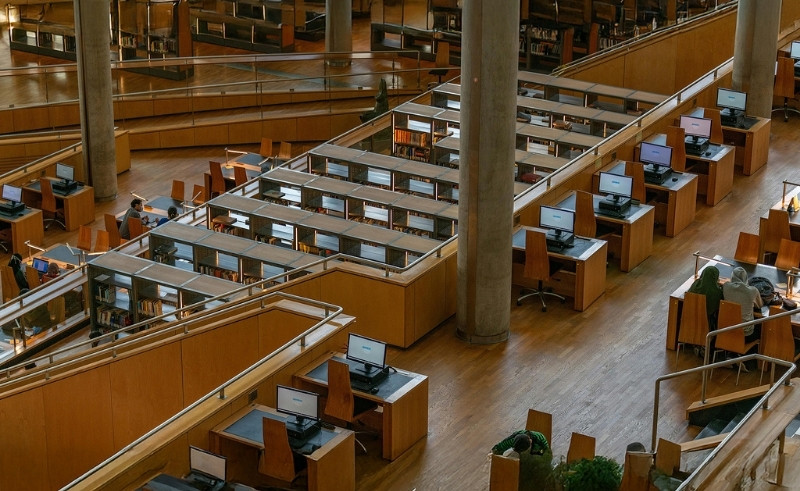 From the entrance lobby, head up the ramp and you’ll enter the main reading hall: the centerpiece of the library. It stretches across seven descending levels, arranged like giant steps around an open atrium. Each level has its own set of shelves, study desks, and OPAC computer terminals where you can search for a title before walking the stacks.
The terraces are labeled F2, F1, E, and B1 through B4. Humanities are concentrated on certain levels, sciences on others, so browsing is intuitive once you know the floor plan. If you’re searching for something specific, check the catalog first, then follow the signage to the correct terrace. Elevators and stairs connect each floor, but many visitors prefer to wander the long ramps that spiral down — it’s the best way to get a sense of the hall’s scale.
A detail most people miss: the roof is tilted at just the right angle to let northern light flood in all day without direct glare. Even on Alexandria’s brightest afternoons, you’ll find the hall lit evenly, without the need for artificial light.
Special Collections and Museums
From the entrance lobby, head up the ramp and you’ll enter the main reading hall: the centerpiece of the library. It stretches across seven descending levels, arranged like giant steps around an open atrium. Each level has its own set of shelves, study desks, and OPAC computer terminals where you can search for a title before walking the stacks.
The terraces are labeled F2, F1, E, and B1 through B4. Humanities are concentrated on certain levels, sciences on others, so browsing is intuitive once you know the floor plan. If you’re searching for something specific, check the catalog first, then follow the signage to the correct terrace. Elevators and stairs connect each floor, but many visitors prefer to wander the long ramps that spiral down — it’s the best way to get a sense of the hall’s scale.
A detail most people miss: the roof is tilted at just the right angle to let northern light flood in all day without direct glare. Even on Alexandria’s brightest afternoons, you’ll find the hall lit evenly, without the need for artificial light.
Special Collections and Museums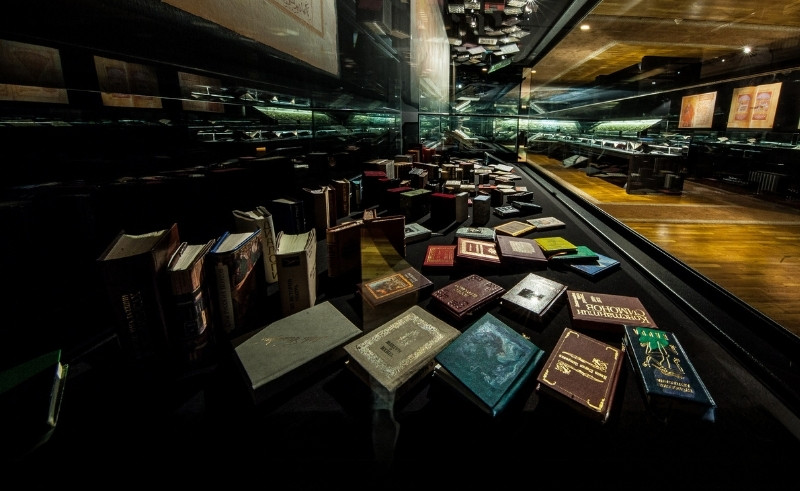 If you’re interested in accessible learning, your first stop beyond the main hall should be the Taha Hussein Library, located on the entrance level. Named after Egypt’s most celebrated blind writer, it is designed for visually impaired readers, with shelves of Braille books, audiobooks, and adaptive computers. Staff are available to demonstrate the equipment if you ask.
From here, make your way down to the lower levels for the Manuscripts Museum and the Rare Books Library. These are among the most valuable holdings of the Bibliotheca. Access is more controlled here: manuscripts are displayed in cases, while rare printed works are available for supervised consultation. The easiest route is by elevator from the main hall to B2, where the Manuscripts Museum is located. The Rare Books Library is just adjacent, and staff at the information desk can help arrange access if you want to view specific items.
Continue further down and you’ll reach the Antiquities Museum, which houses artifacts uncovered during excavations in Alexandria, many of them dating to the Greco-Roman era. It is unusual to find an archaeological museum inside a library, but here the idea is to link written history with material culture.
Elsewhere in the complex, in its own wing, is the Sadat Museum, dedicated to President Anwar Sadat, displaying personal belongings, photographs, and documents. Just beyond that is the Planetarium Science Center, where daily shows explore astronomy and space exploration. These are ticketed separately and often fill up, so booking earlier in the day is wise.
Collections and Languages
If you’re interested in accessible learning, your first stop beyond the main hall should be the Taha Hussein Library, located on the entrance level. Named after Egypt’s most celebrated blind writer, it is designed for visually impaired readers, with shelves of Braille books, audiobooks, and adaptive computers. Staff are available to demonstrate the equipment if you ask.
From here, make your way down to the lower levels for the Manuscripts Museum and the Rare Books Library. These are among the most valuable holdings of the Bibliotheca. Access is more controlled here: manuscripts are displayed in cases, while rare printed works are available for supervised consultation. The easiest route is by elevator from the main hall to B2, where the Manuscripts Museum is located. The Rare Books Library is just adjacent, and staff at the information desk can help arrange access if you want to view specific items.
Continue further down and you’ll reach the Antiquities Museum, which houses artifacts uncovered during excavations in Alexandria, many of them dating to the Greco-Roman era. It is unusual to find an archaeological museum inside a library, but here the idea is to link written history with material culture.
Elsewhere in the complex, in its own wing, is the Sadat Museum, dedicated to President Anwar Sadat, displaying personal belongings, photographs, and documents. Just beyond that is the Planetarium Science Center, where daily shows explore astronomy and space exploration. These are ticketed separately and often fill up, so booking earlier in the day is wise.
Collections and Languages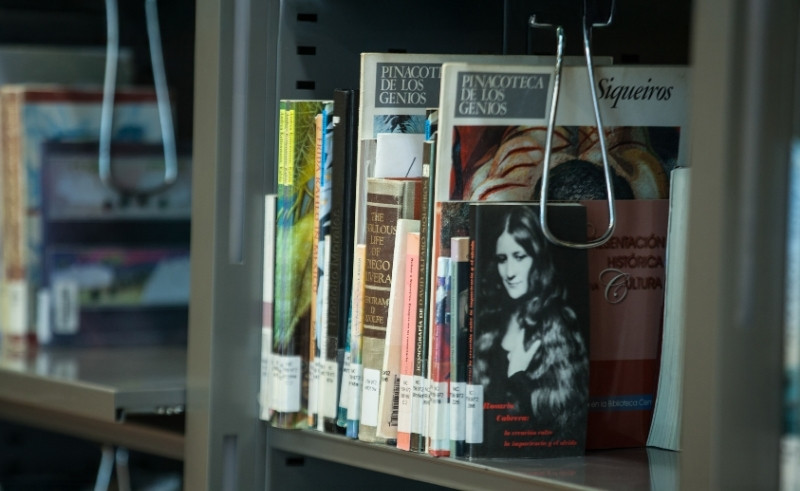 The library’s holdings run into the millions. Arabic, English, and French make up the bulk of the collection, but you’ll also find materials in Italian, Spanish, and other European languages. Periodicals are extensive, and special collections include maps, microfilms, and audiovisual materials.
Digital access is one of the library’s major strengths. Public terminals connect to the Digital Assets Repository, a system developed to preserve manuscripts and rare books in electronic form. If you are a researcher, it’s worth setting aside time to explore the databases here, as many of the resources are not available elsewhere in Egypt.
Practical Rules
The library’s holdings run into the millions. Arabic, English, and French make up the bulk of the collection, but you’ll also find materials in Italian, Spanish, and other European languages. Periodicals are extensive, and special collections include maps, microfilms, and audiovisual materials.
Digital access is one of the library’s major strengths. Public terminals connect to the Digital Assets Repository, a system developed to preserve manuscripts and rare books in electronic form. If you are a researcher, it’s worth setting aside time to explore the databases here, as many of the resources are not available elsewhere in Egypt.
Practical Rules
The Bibliotheca functions as a working research institution, and the rules reflect that. Phones must remain on silent inside the reading hall, and food and drinks are not permitted. A café and a restaurant are located on the lower levels for breaks. Printing and photocopying are possible but require a prepaid card, which you can buy at the services desk.
Accessibility is integrated into the building: ramps and elevators connect every floor, and the Taha Hussein Library ensures blind and visually impaired readers are not excluded from the collections.
Hours and Admission
The library is open every day except Tuesdays and public holidays. Hours shift seasonally: in summer, it generally runs from 10:00 to 19:00, while in winter it closes earlier in the afternoon. Admission is ticketed, with discounted rates for students and Egyptian residents. Memberships are available for those who plan to return regularly, giving borrowing privileges and easier booking for study rooms.
Architecture and Context
The design of the Bibliotheca was chosen through an international competition held in 1989, organized with UNESCO. The winning design by the Norwegian firm Snøhetta envisioned a tilted granite disc, sunk partly below ground to appear as though it rises from the earth. The façade is inscribed with alphabets and scripts from across the world — a reminder that this is meant to be a universal library.
The modern Bibliotheca is not—as one might imagine—a reconstruction of the ancient library, whose exact location and fate remain debated. Instead, it is a symbolic continuation: a library in Alexandria that once again gathers knowledge from many cultures and makes it public.
How to Plan Your Visit
If you only have an hour, walk straight through the reading hall, then choose either the Manuscripts Museum or the Antiquities Museum for a single in-depth stop. With two or three hours, you can explore multiple terraces, stop by the Taha Hussein Library, and fit in a planetarium show. If you dedicate half a day, you’ll have time to see the rare collections, the museums, and still sit down to read in the main hall.
One final tip: the best first view of the reading hall comes not from the entrance but from the ramp leading down from F1 to E. From there, the terraces open up in front of you and you grasp the size of the place in one glance.
Trending This Week
-
Nov 26, 2025


